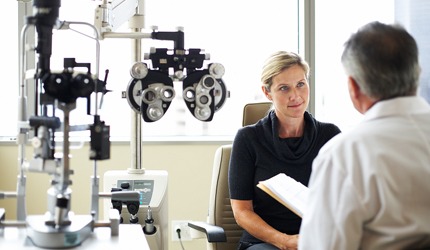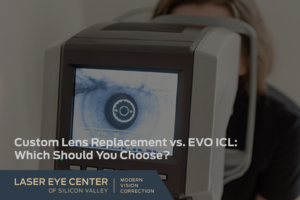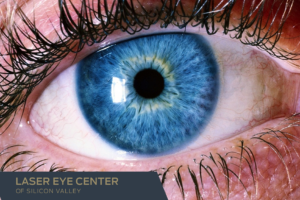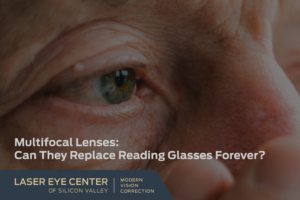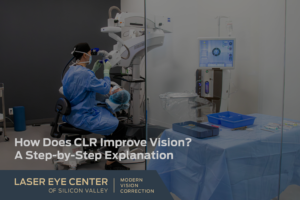If you’ve researched LASIK surgery on the Internet, you’ve probably seen that there is a wealth of contradictory information out there. Opinions on the safety and effectiveness of LASIK run from “you may go blind” to “there is no risk and no side effects”.
Side effects are frequently exaggerated, horror stories shared, and numbers pulled out of thin air. Because misconceptions about the LASIK procedure are spread by both sides (consumers and surgeons), we are writing this article to clear the air and lay down some facts. Here is the truth about the basic LASIK issues patients want to know.
1) Dry Eyes
You will hear many patients complain of dry, irritated eyes after LASIK. While dry eye is a common post-operative side effect, it can also be avoided with proactive measures and treated with simple over-the-counter remedies like eye drops. When patients do experience dry eyes, it is a temporary condition that will pass, usually within a matter of days or weeks.
Avoiding dry eye is also a matter of being a good candidate for LASIK in the first place, so it’s important to consult with your doctor about all physical conditions that may impact your eligibility. For more information about dry eye causes and treatment methods, read this helpful article on LASIK & Dry Eyes.
2) Night Vision
Ten to twenty years ago, seeing worse at night after LASIK was one of the most common problems of the first-generation LASIK procedure. With early LASIK techniques, patients would frequently obtain “20/20 visual acuity”, but would complain about seeing halos, glare, or so-called “star bursting” at night.
By integrating technological innovations such as Wavefront LASIK Technology modern LASIK techniques have greatly helped to solve this problem. Recent studies have shown that modern All-Laser Wavefront IntraLASIK is ten-times more likely to improve night vision, rather than make it worse.
3) Side Effects
As a prospective LASIK patient, safety should be the single most important factor guiding your decision to have LASIK. While “fear of a complication” is a common obstacle to having LASIK, becoming informed may dismiss unnecessary fear.
LASIK is not an entirely foolproof procedure, but nor is it as dangerous as many would have you believe. Though LASIK has been performed more than 25 million times, only 141 patients have complained to the FDA that their laser vision correction results were unsatisfactory. And the complications that do occasionally surface tend to be minor, like dry eye irritation or minor infection/inflammation.
Today, problems are more likely with older technology, less experienced/less careful surgeons and patients who actually aren’t good candidates for LASIK. This is why it’s important to consult closely with an experienced LASIK surgeon and ask whether LASIK is safe for you. For a more detailed list of safety considerations, check out this article on LASIK & Safety.
4) Success Rate
The goal of laser vision correction is to eliminate a patient’s dependence on glasses/contact lenses. For most patients this is a very realistic goal. But even in the best of hands, LASIK is not 100% accurate on the first attempt. After undergoing LASIK/Epi-LASIK, some patients still have some residual nearsightedness, farsightedness or astigmatism, and a re-treatment procedure may be necessary. All objective data reveals that the possibility of a LASIK re-treatment ranges from 2% to 10%.
Though standard LASIK has a long track record for effectiveness, newer Wavefront LASIK methods have improved the accuracy of LASIK, and reduced the possibility of a re-treatment to about 2% to 4%. In reality, this is a very low percentage as there is no other surgical procedure that can rival the accurate results of LASIK.
5) Retreatment
Most patients are interested in the million dollar question. How long does LASIK last? While laser vision correction does permanently reshape the cornea, other age-related eye changes such as presbyopia may eventually cause vision to decline. On average, LASIK results in perfect 20/20 vision for about ten years.
At this point, patients can elect to use glasses, contacts, or to have a minor corrective retreatment (yes, you can have LASIK more than once). At the Laser Eye Center, our Wavefront Warranty and “Extended Vision Plan” will cover the full cost of a retreatment for life.
Ultimately you will have to evaluate the facts, talk with a doctor and decide if LASIK is right for you. If you are interested in learning more, we encourage you to check out our extensive Information Library, or to call today and schedule a Free LASIK Exam.

